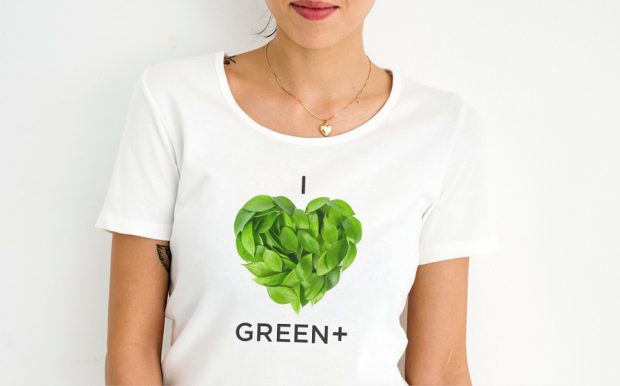As many of us take the next step to living a more sustainable and ethical lifestyle, it is important that we focus our attention on our fashion choices too, but this can when we aren’t sure what sustainable and ethical fashion really is.

Sustainable and ethical fashion is simply the process of designing, sourcing, and making items that benefit the industry and consumers whilst reducing the negative impact on the environment. According to Sustainable Jungle, both sustainable and ethical fashion comes from a similar ideological place, but they both focus on improving different outcomes. Both issues are at the heart of how fashion needs to move forward in the future.
The Issues Caused by Fast Fashion
Fast fashion has negative connotations across a huge range of platforms, and understanding these issues gives you the power to find ways of avoiding them. We have shared some of the most significant issues so that you can better understand the fashion industry.
- Poor working conditions – most of us are aware that cheap clothes are usually made in poor conditions. This means child labour, low wages, abuse, and hazardous conditions that cause long-lasting damage to employees.
- Climate change – with around 10% of the world’s yearly carbon footprint coming from fashion, it is clear that action needs to be taken to reduce the impact it is having on the world.
- Lack of transparency – when suppliers do not share their supply chain information or have particularly long or complex supply chain models, then there is a far greater risk to individuals in that chain as opposed to people who are part of a smaller chain.
- Unrelenting fashion consumption – when people are conditioned to believe that they need the latest trend month after month, then the demand for cheap and fast fashion grows. With over 80 billion garments made every year, it is clear that consumption needs to slow down.
- Chemicals that pollute our world – it’s a shock to many people that the fashion industry uses environmentally damaging chemicals to produce the types of fashion we are used to wearing. These chemicals not only damage the planet but are putting workers at significant risk.
- Overuse of water – not only do new garments require significant amounts of water for production, but we also continue to pollute water supplies after we have purchased items through our washing regimes that release microplastics back into the water.
- Clothes heading to landfill – many of the synthetic clothes that are purchased every year end up heading to landfill because they are not recyclable, donated or reused. When you consider that many items are made with plastics, then they are unlikely to ever biodegrade.
Focussing on Quality
One of the best ways to choose new items is to focus on buying the absolute best quality that you can afford. The higher quality of the item, the longer it will last and the better it will have been made. These items tend to offer a classic design that will remain on trend for many years and can be easily looked after, helping you to create a wardrobe of well-loved items that look great every time you put them on.
You need to look for a sustainable approach throughout the production line, from manufacturers committed to sustainable production, such as Hainsworth, all the way through to where the product is sold. The Good Trade list out a range of brands that produce sustainable, ethical clothing and are leading the fight against fast fashion.
Quality items made with slow fashion principles provide ethical outputs such as fair wages, good working conditions and equal opportunities for all. With your decision to buy quality garments, you can be part of something that makes life better for the workers who craft your clothes.
What to Consider When Choosing Sustainable Clothing Brands
There are a number of considerations that you can use to help you find a sustainable brand for your fashion choices. When you are next shopping for items, you should look for a brand that follows some of these key ideas.
- Focuses on reducing their impact – from zero-waste packaging and green shipping to sharing their waste and recycling policies to decreasing the number of machines they use.
- Makes durable clothes – high-quality fabrics are the key to long-lasting clothes, but you also need to check whether the brand offers repairs or recycling programmes to reduce waste.
- Works ethically with suppliers – the most ethical companies will be certified by B-Corp or Fair Trade, and this will give you a clear insight into how ethical the company is.
- Offers full transparency over supply chains – it is important to know where your clothes have come from, and the most sustainable companies will be able to freely share their small supply chains with you so that you can shop with confidence.
- Chooses sustainable materials – suppliers that provide clothes that are natural and organically farmed are more likely to offer sustainable items that are 100% compostable.
- Supports the slow fashion movement – companies that are committed to making high-quality products with sustainable manufacturing methods are clearly in support of ushing the slow fashion movement forwards.
How You Can Move Forward When You Love Fashion
Beginning to understand the complexities of the fashion industry and what you can do to avoid them can feel overwhelming. Rather than feeling pressured to change everything you do at once, take one step at a time towards a more ethical and sustainable wardrobe and know that you are not on your own in making these key changes.



